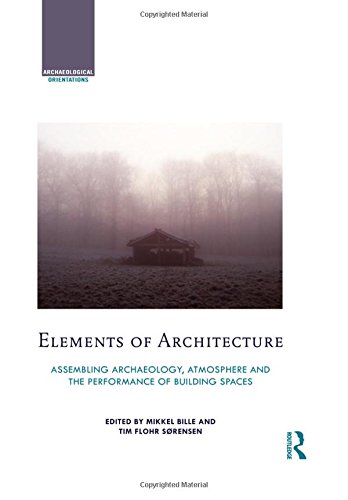

Most ebook files are in PDF format, so you can easily read them using various software such as Foxit Reader or directly on the Google Chrome browser.
Some ebook files are released by publishers in other formats such as .awz, .mobi, .epub, .fb2, etc. You may need to install specific software to read these formats on mobile/PC, such as Calibre.
Please read the tutorial at this link: https://ebookbell.com/faq
We offer FREE conversion to the popular formats you request; however, this may take some time. Therefore, right after payment, please email us, and we will try to provide the service as quickly as possible.
For some exceptional file formats or broken links (if any), please refrain from opening any disputes. Instead, email us first, and we will try to assist within a maximum of 6 hours.
EbookBell Team

4.4
62 reviewsElements of Architecture explores new ways of engaging architecture in archaeology. It conceives of architecture both as the physical evidence of past societies and as existing beyond the physical environment, considering how people in the past have not just dwelled in buildings but have existed within them. The book engages with the meeting point between these two perspectives. For although archaeologists must deal with the presence and absence of physicality as a discipline, which studies humans through things, to understand humans they must also address the performances, as well as temporal and affective impacts, of these material remains. The contributions in this volume investigate the way time, performance and movement, both physically and emotionally, are central aspects of understanding architectural assemblages. It is a book about the constellations of people, places and things that emerge and dissolve as affective, mobile, performative and temporal engagements.
This volume juxtaposes archaeological research with perspectives from anthropology, architecture, cultural geography and philosophy in order to explore the kaleidoscopic intersections of elements coming together in architecture. Documenting the ephemeral, relational, and emotional meeting points with a category of material objects that have defined much research into what it means to be human, Elements of Architecture elucidates and expands upon a crucial body of evidence which allows us to explore the lives and interactions of past societies.